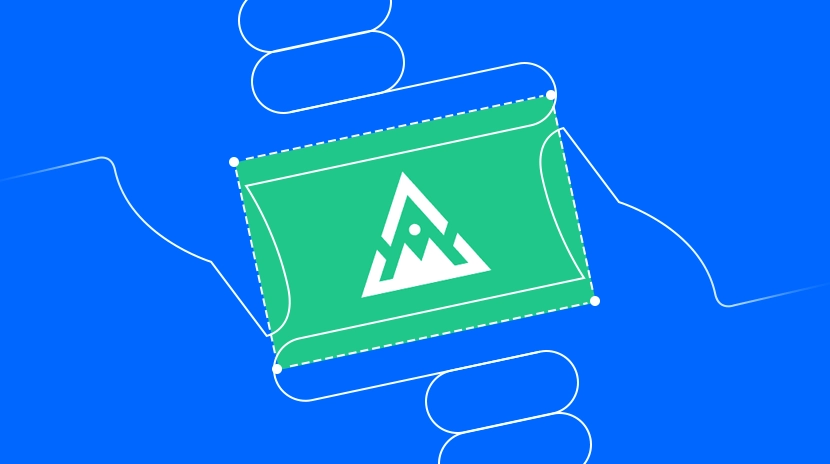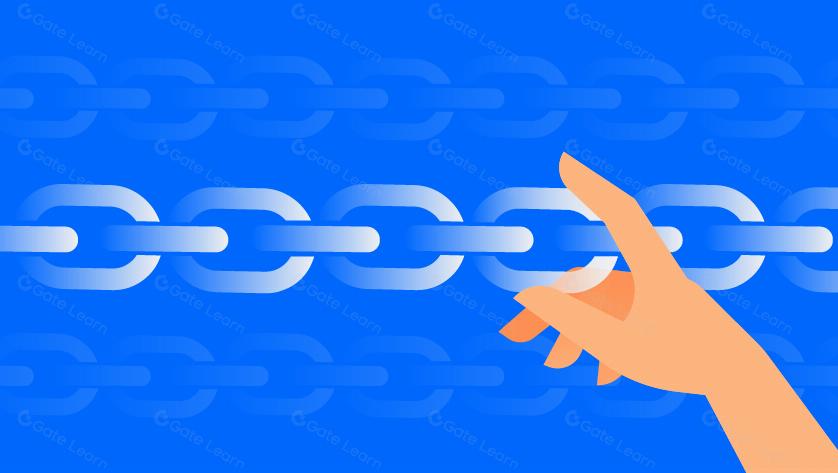Define Nonce

A nonce in blockchain networks is a critical cryptographic component that serves as a random number used only once during the block mining process. In Proof of Work (PoW) blockchain systems like Bitcoin, miners repeatedly alter the nonce value and compute hashes until they find a valid hash that meets specific difficulty requirements. This mechanism ensures that block generation requires real computational resources, thereby securing the network and preventing double-spending attacks. Additionally, nonces play important roles in transaction security, authentication, and preventing replay attacks across multiple blockchain applications.
Background: What is the origin of nonce?
The concept of nonce (number used once) originated in the field of cryptography, initially used to ensure message freshness and uniqueness. Before blockchain technology emerged, nonces were widely used in network security protocols. In 2008, Satoshi Nakamoto introduced nonces into blockchain design in the Bitcoin whitepaper as a core component of the Proof of Work algorithm. As Bitcoin evolved, the concept of nonces was further refined and applied to other cryptocurrency systems.
The use of nonces in blockchain technology has gone through several important phases:
- Initially used as a variable in Bitcoin's mining process
- Later expanded in Ethereum as account nonces to prevent replay attacks
- Further evolved into more complex variants in modern blockchain systems, such as hybrid nonces and variable nonces
Work Mechanism: How does nonce work?
In blockchain systems, the working mechanism of nonces varies depending on the application scenario, primarily including the following cases:
In Proof of Work (PoW) mining:
- Miners assemble a block containing transaction data, the previous block's hash, and a nonce
- By continuously changing the nonce value, miners repeatedly calculate the hash of the entire block
- When a nonce is found that produces a block hash less than the target value (meeting difficulty requirements), the miner gains the right to create the block and broadcasts it
- Other nodes can verify the block's validity by confirming that the nonce indeed produces a hash meeting the requirements
In transaction nonces (such as Ethereum's account nonce):
- Each account maintains an incrementing nonce value representing the number of transactions sent from that account
- New transactions must use the current account nonce value, which automatically increments after transaction execution
- The blockchain network rejects transactions with incorrect nonces, preventing replay attacks
- This mechanism ensures transaction sequencing and uniqueness
What are the risks and challenges of nonce?
While nonces play a crucial role in securing blockchain systems, their use also faces several challenges:
Technical risks:
- In some PoW systems, as specialized mining hardware (ASICs) develops, the nonce space may become insufficient, requiring additional random elements (like timestamp adjustments)
- The possibility of nonce collisions exists theoretically, but the probability is extremely low in correctly implemented systems
- When blocks are generated too quickly, nonce enumeration may not disperse sufficiently, affecting network security
User and development risks:
- On platforms like Ethereum, improper management of account nonces by users can cause transactions to remain pending
- Errors in implementing nonce mechanisms by developers can lead to serious security vulnerabilities
- In cross-chain applications, differences in nonce mechanisms across different chains increase development complexity
Regulatory and standardization challenges:
- Lack of unified nonce implementation standards causes compatibility issues between different blockchain systems
- With the development of quantum computing, current nonce-based security mechanisms may require upgrades
As one of the foundational elements of blockchain technology, nonces play a vital role in the security and efficiency of the entire crypto economy. Despite facing some technical and application challenges, nonce mechanisms continue to be optimized and improved as technology evolves to accommodate the expanding needs of blockchain ecosystems.
Share
Related Articles

In-depth Explanation of Yala: Building a Modular DeFi Yield Aggregator with $YU Stablecoin as a Medium

What is ORDI in 2025? All You Need to Know About ORDI
